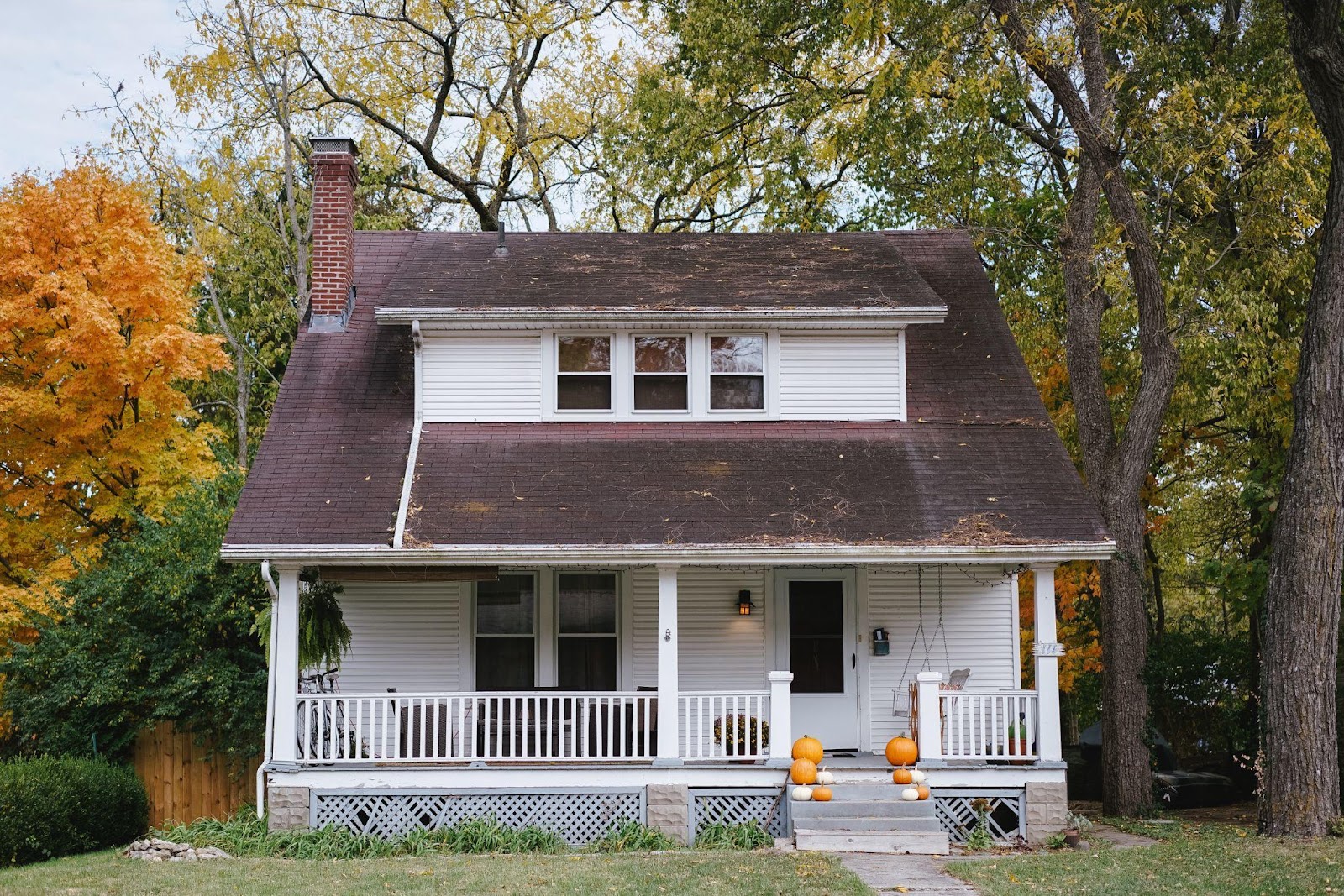A crawl space is very beneficial since it gives you easy access to the most essential elements in your home, such as the plumbing, wiring, and HVAC systems. However, when it has unnecessary moisture, things can (and will) go downhill very quickly.
Table of Contents
1. Know The Signs
If you’ve come to this page, chances are you’re currently planning to get a dehumidifier device from your local hardware store. But, before you do so, it’s important to understand that not all homes need such a device unless showing certain worrying signs.
The first sign is the poor air quality inside your home. Air can creep up from between the floorboards into the rest of your home, so when you have poor air in your crawl space, it can quite quickly spread to the areas above it.
Having excessive condensation in your crawl space is another indication that you need a dehumidifying device. While it is normal for houses with an HVAC system to have condensation in such a space, having an excessive amount can actually lead to quite severe issues.
2. Find and Repair the Damages
The cracks and splits in your foundation are among the fastest ways for moisture to reach your crawl space. Water will always find a way to seep into your home, thanks to these channels. So, once you find a sign of water leakage, you have to address it immediately.
The good news is that not all cracks and splits require you to call the pros. Hairline cracks, for example, can be easily addressed by adding a layer of concrete sealant. Just go to your local hardware store, and you should find a wide range of easy-to-use and beginner-friendly sealant products.
However, if you find a big crack in your crawl space, then this is an entirely different story. If you see any crack that is bigger than 1/10 inch or one that gets bigger over time, it’s certainly best that you contact a construction expert in the area immediately!
3. Get A Crawl Space Dehumidifier
Once you have addressed the root of your moisture-related issues, you can start using a dehumidifying device to prevent a similar issue in the future. However, you must find the best crawl space dehumidifier that suits your home.
You should also know that installing a dehumidifier in the wrong place can lead to unwanted consequences. First of all, it may get less-than-optimal airflow due to obstructions and objects surrounding it. Moreover, this restricted airflow may cause the unit to work extra hard and decrease its life expectancy.
For this reason, you need to pay close attention to where you install the dehumidifier unit. Be attentive to the direction it sucks air from and where it blows the air to. If needed, set up a new wiring system, so you can install the device where required.
4. Don’t Forget about Drainage
Since the main goal of using a dehumidifying device is to throw away excess moisture, you don’t want the water produced by your appliances to stay within your crawl space. Thus, it is important that you also carefully consider the drainage of your dehumidifier and air-con units.
You can use either the gravity drainage technique or a condensate pump system for this situation. Whichever system you choose, it is important that the condensation from the dehumidifier is disposed of at least two feet away from the home’s foundation and on a slope.
While it is actually possible, it’s not recommended that you dispose of the condensation in the public sewer system. You also cannot do the same thing with a septic system, as this may lead to you breaking some jurisdictional building codes and other unfavorable issues down the road.
5. Install Vapor Barrier and Insulation
To further minimize the possibility of moisture-related issues in the future, you can also try installing a vapor barrier and insulation system. For the vapor barrier, you will have rolls of plastic sheets laid down on your crawl space floor. This will prevent vapor from the ground below from rising into the crawl space.
Not all plastic can be used as a vapor barrier. Since you will step on it and probably walk on it every now and then, it should be made out of reinforced polyethylene. Depending on how much ground moisture you face, you can choose between 6-mil and 23-mil thickness levels.
As for the insulation system, you can use polyisocyanurate boards. The most important thing to remember here is to install them on the crawl space’s walls and not the ceilings. While there are no hard-and-fast rules about the boards’ thickness, they should be at least 6 to 7 inches thick.
Crawl Space Moisture Control FAQs
● Are crawl space dehumidifiers expensive to run and operate?
No, they are not. In fact, when you have a dehumidifier in your crawl space, you can save on electricity bills since your HVAC system does not need to work extra hard.
● How do I maintain my crawl space dehumidifier?
It should not be hard for you to maintain your crawl space dehumidifier. All you need to do is empty the bucket regularly and change the filter when needed.
The Takeaway
So, are you thinking that you need the best crawl space dehumidifier for your home? The room beneath your house often becomes one of the “commonly neglected” areas in a home, and the use of such a device can actually do wonders for its air quality. So, if you think you need one, don’t hesitate to get a crawl space dehumidifying device now!





